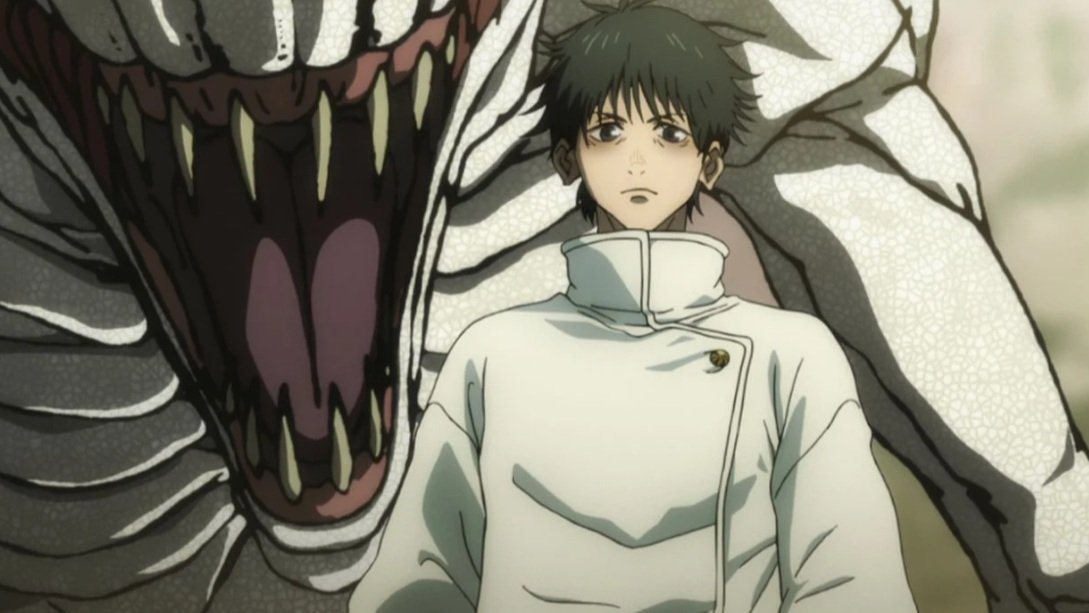Review: Best F(r)iends
Lurking in the margins of The Disaster Artist, Greg Sestero and Tom Bissell’s gaspingly funny account of filming Tommy Wiseau’s cult classic film The Room, is an unnerving true crime tale that never was. Take away the games of tuxedo football, navel-penetrating sex scenes, and “hi doggies,” and you have this: a story about a naïve young actor who comes to Hollywood and falls under the sway of an eccentric older man with a mysterious past and unexplainable wealth. Despite warnings from friends and family, the young man is pulled deeper into his new benefactor’s strange world. As each chapter of The Disaster Artist begins with quotes from Sunset Boulevard or The Talented Mr. Ripley—films in which the deluded protagonists literally kill their darlings—it’s easy to imagine the book building up to a terrible crime.
Best F(r)iends is Greg Sestero and Tommy Wiseau’s first collaboration onscreen in fifteen years, and like an Elseworlds comic that re-imagines Batman as a Victorian vampire, the film is a dark reflection of The Disaster Artist and the two men’s real-life friendship. First of all: if you’re a superfan of The Room, took a glance at the Best F(r)iends trailer, and wondered, “Is this a joke?” I assure you, it’s not. As weird as it is to say in a review, this is a real movie, not a geek show trying to capitalize on Wiseau’s notoriety or a lazy “let’s make something so bad it’s good” spoof. Directed by Justin MacGregor from a script by Sestero, Best F(r)iends is vaporwave noir, a story of crime and betrayal filmed with sunlit surreality. It’s ambitious and strange.
Sestero plays Jon, a homeless veteran in L.A. with nothing but a bloody t-shirt and a bag of lemons to his name. Virtually catatonic except for his sparkling blue eyes, Jon is awakened by the kindness of Harvey, an eccentric mortician (Tommy Wiseau, obviously) who gives him a job. Harvey’s hermetic mortuary is filled with odd keepsakes like nude mannequins and James Franco headshots (ha) but his most macabre trinkets are boxes of gold teeth taken from dead bodies. Jon is not the first noir hero to be undone by greed; he betrays his new friend to sell the dental gold on the black market. When he guiltily invites Harvey in on his plans, things spiral into paranoid uncertainty.
Best F(r)iends skips across genres; it’s a crime caper with moments of chilling horror and black humor, and it’s as uneasy as it is engrossing. Greg Sestero’s performance is stiffer than in his endearing reading of The Disaster Artist audiobook, though Jon is a much more guarded, closed-off character. The story shows surprising sophistication and challenges the audience’s sympathies. We’re initially aghast that Jon would betray his only friend, but as Jon grows remorseful, there are hints that Harvey may be something more sinister than the local kook. (“Can you really trust anyone?” I thought, The Room’s DVD cover branded onto my brain.) As our allegiances shift, the film becomes harder to pin down.
It’s startling to see Wiseau here, fifteen years after he presented himself as the gristly ideal of All-American masculinity in The Room; he’s older, yes, but also seems much smaller (even on towering platform shoes) and more vulnerable. In a long, black vinyl coat that makes him look like Hans Moleman in Undertaker cosplay, we glimpse the character actor Wiseau might have been if not for his obsessive quest to become a romantic leading man in the mold of James Dean.
Dragging the film down are the inevitable references to The Room. At their most bearable, they’re wink-wink nudges to the “Is Tommy Wiseau D.B. Cooper?” meme, but a close-up of a basketball emblazoned with a TheRoomMovie.com logo (because what won’t Wiseau sell?) stops the film dead. Tommy Wiseau threatens to overwhelm the film simply because he’s Tommy Wiseau; there’s no need to pander to the audience. Sestero and MacGregor are too eager to wear their influences on their sleeves; the Griffith Observatory and Sunset Boulevard make ominous appearances, and a poster for Michael Mann’s Thief behind Jon as he slinks around might as well be a neon EAT AT JOE’S sign, for all its subtlety.
As for Justin MacGregor’s direction, a blissful montage in Las Vegas is so mesmerizing that its self-indulgence can be forgiven, but other shots are distractingly amateurish. Though this is essentially a two-person film (Kristen StephensonPino is smilingly pleasant as Jon’s girlfriend, and The Disaster Artist’s Paul Scheer cameos), they toss a lot of balls in the air—oh, did I mention the dead clown? And that this all may be related to the Black Dahlia murder? And that Best F(r)iends is actually a two-parter, ala Kill Bill and Nymphomaniac? We’ll have to wait for the second volume to see if the film maintains its gonzo momentum or collapses in on itself, but the first installment is still an experience.
Tommy Wiseau and Greg Sestero have been friends for over twenty years, and their relationship has endured the filming of a cult classic, a tell-all book, and a Golden Globe-winning movie based on that tell-all book about that cult classic. By writing the role of Harvey, Sestero has given his friend another chance at Hollywood stardom, and it’s a strange gift, to be sure, but a welcome continuation of one of the world’s most unlikely film sagas. Like everything these two men touch, the film has a unique, hypnotic power. Keep Best F(r)iends close, and your enemies closer.
*Note: I saw a workprint version of Best F(r)iends screened by Greg Sestero at the Alamo Drafthouse; there may be differences between that version and the final cut.
Best F(r)iends will be screening in theatres nationwide only on March 30th and April 2nd. Tickets are available here.
















